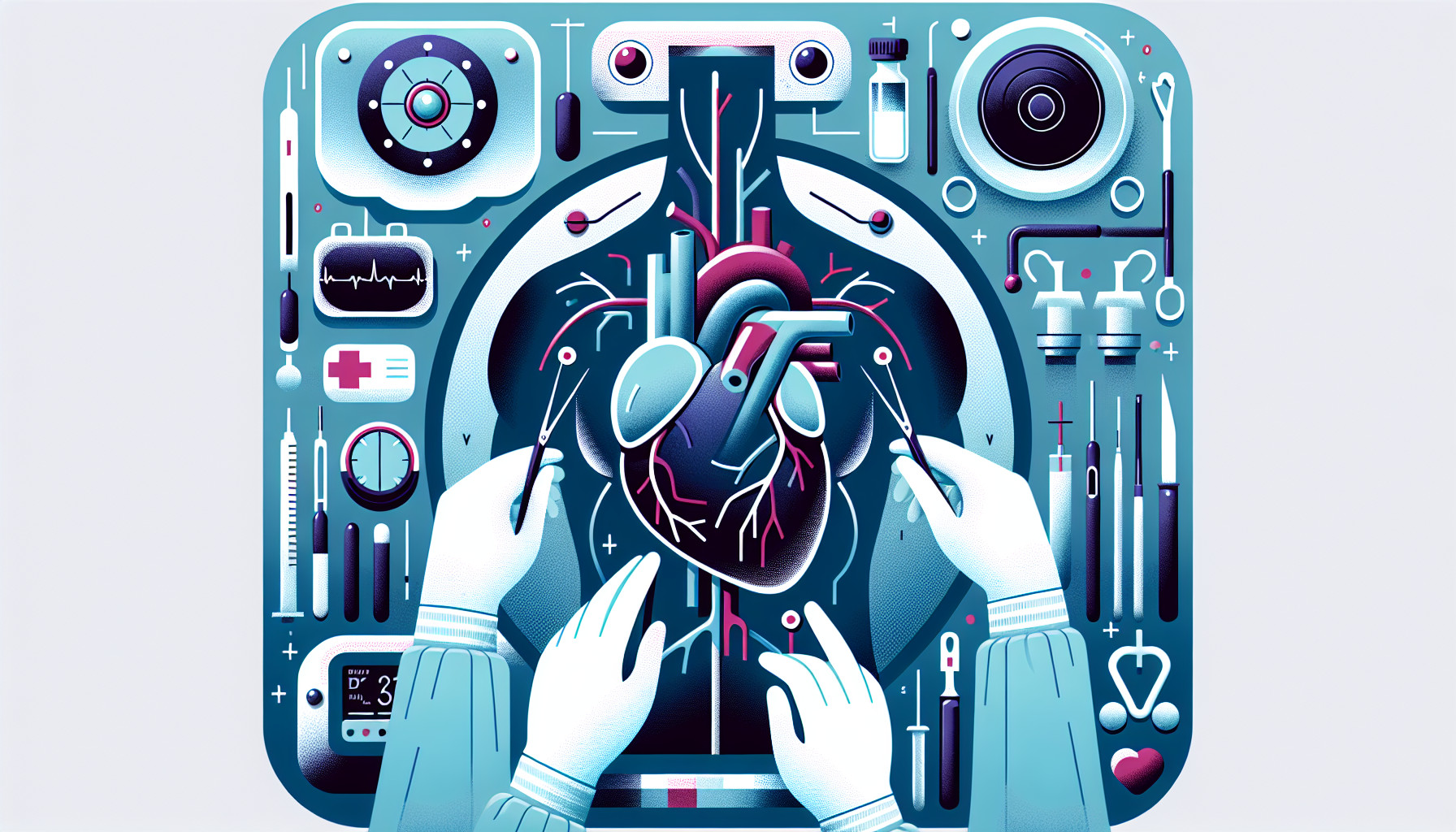Our Summary
This research paper is a review and analysis of existing studies to look at the long-term success of coronary artery bypass grafting, a surgery that improves blood flow to the heart. The researchers were interested in how well the grafts worked over time in the left versus the right side of the heart, and also looked at the different types of grafts (arterial versus venous) and the difference between patients with symptoms and those without. They found that grafts on the left side of the heart seemed to work better over time, especially if they were arterial grafts. Patients who had recurring symptoms also seemed to have a higher failure rate if the graft was on the right side of the heart. However, the researchers note that the studies they analyzed were quite different from each other, so it’s hard to make definitive conclusions. They suggest that more research is needed to understand if certain types of grafts work better on one side of the heart versus the other.
FAQs
- What is the main focus of this research paper?
- Did the researchers find differences in the long-term success of grafts on the left versus the right side of the heart?
- Does the type of graft (arterial versus venous) impact the long-term success of coronary artery bypass grafting?
Doctor’s Tip
One helpful tip a doctor might give a patient about coronary artery bypass is to follow a healthy lifestyle after surgery. This includes maintaining a balanced diet, exercising regularly, quitting smoking, managing stress, and taking medications as prescribed. These lifestyle changes can help improve the long-term success of the surgery and reduce the risk of future heart problems.
Suitable For
Patients who are typically recommended coronary artery bypass grafting (CABG) are those with severe coronary artery disease that cannot be managed with medications or other less invasive treatments. This includes patients with:
- Severe blockages in multiple coronary arteries
- Unstable angina or acute coronary syndrome
- Left main coronary artery disease
- Severe narrowing of the left anterior descending artery
- Patients with diabetes who have severe coronary artery disease
- Patients with previous coronary artery stenting that has failed or is not feasible
In general, patients who are at high risk for heart attack or other cardiovascular events due to severe coronary artery disease are good candidates for CABG. It is important for patients to discuss their individual medical history and risk factors with their healthcare provider to determine if CABG is the best treatment option for them.
Timeline
Before coronary artery bypass surgery:
- Patient experiences symptoms of coronary artery disease such as chest pain, shortness of breath, and fatigue.
- Patient undergoes diagnostic tests such as an angiogram to assess the severity of blockages in the coronary arteries.
- Patient and healthcare team discuss treatment options, including medications, lifestyle changes, and surgical interventions.
- Patient undergoes pre-operative evaluations and preparations, including blood tests, imaging studies, and consultations with the surgical team.
After coronary artery bypass surgery:
- Patient undergoes the surgical procedure, during which the surgeon creates new pathways for blood flow to bypass the blocked coronary arteries.
- Patient is monitored closely in the intensive care unit immediately following surgery to ensure stability and recovery.
- Patient is transferred to a regular hospital room for further monitoring and rehabilitation.
- Patient undergoes physical therapy and cardiac rehabilitation to regain strength, endurance, and overall heart health.
- Patient follows up with their healthcare team for regular check-ups, monitoring of graft function, and adjustments to medications as needed.
- Patient makes lifestyle changes such as diet modifications, exercise, and smoking cessation to promote long-term heart health and prevent future blockages.
What to Ask Your Doctor
- What are the benefits of coronary artery bypass surgery for my specific condition?
- What is the success rate of coronary artery bypass grafting in general, and what is the long-term success rate for patients like me?
- Are there any risks or complications associated with coronary artery bypass surgery that I should be aware of?
- Will I need multiple grafts, and if so, how will that impact the success of the surgery?
- Are there any lifestyle changes or medications I will need to take after the surgery to maintain the success of the grafts?
- How often will I need to follow up with my doctor after the surgery to monitor the success of the grafts?
- Are there any alternative treatments or procedures that could be considered for my condition instead of coronary artery bypass surgery?
- Will the grafts be placed on the left or right side of my heart, and how does that impact the success of the surgery?
- Are arterial grafts or venous grafts more effective in the long-term success of coronary artery bypass surgery?
- What should I expect in terms of recovery time and rehabilitation after the surgery?
Reference
Authors: Pinho-Gomes AC, Azevedo L, Antoniades C, Taggart DP. Journal: Eur J Cardiothorac Surg. 2018 Aug 1;54(2):221-228. doi: 10.1093/ejcts/ezy060. PMID: 29506201
